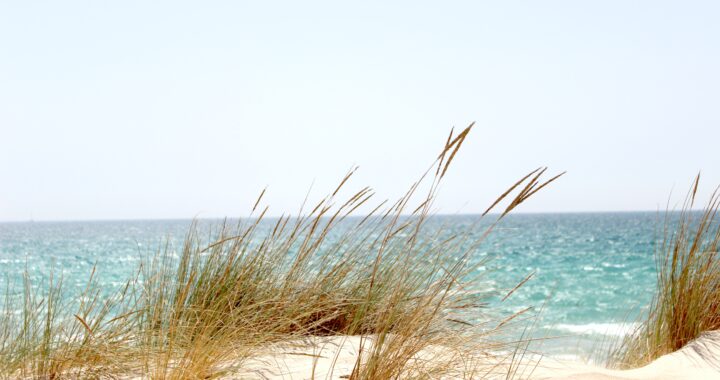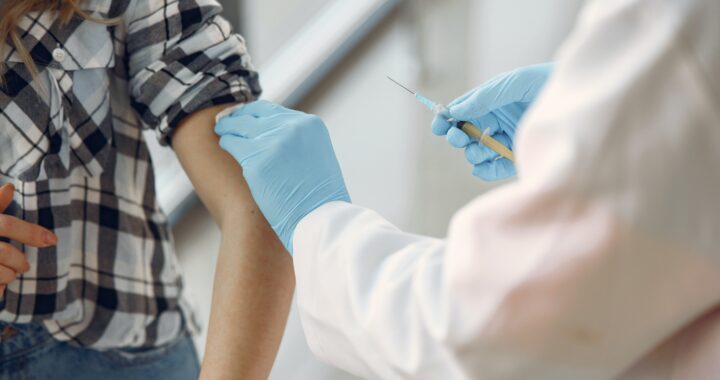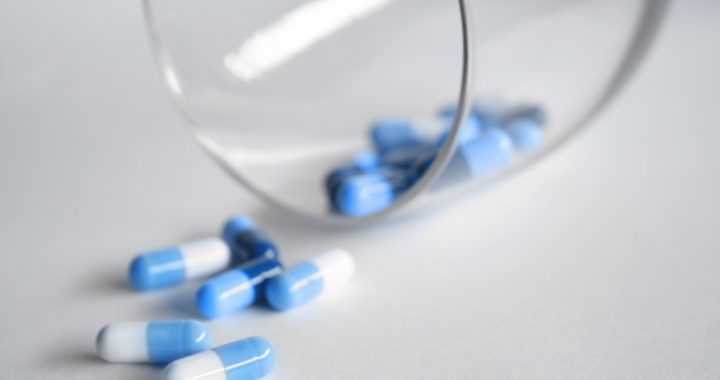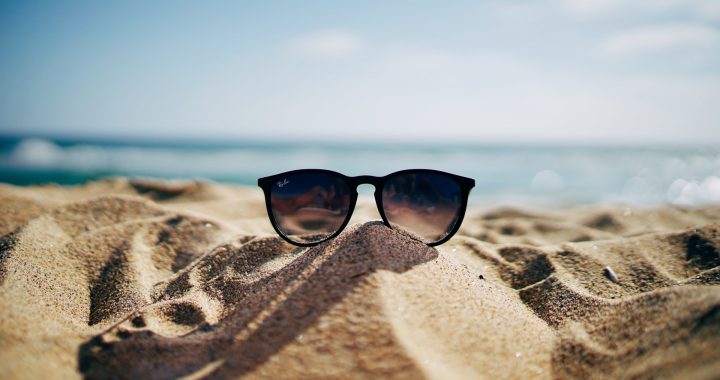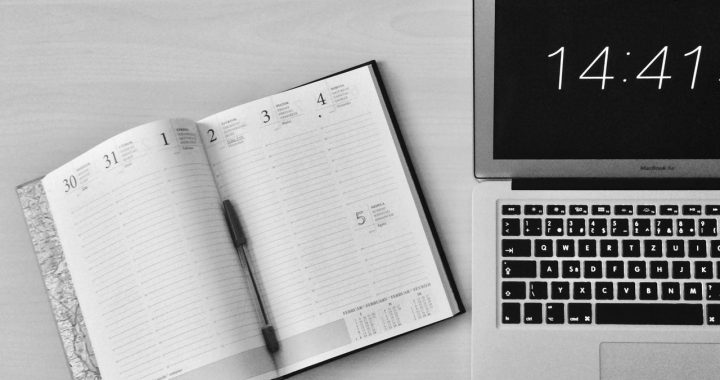What can I do in hot weather?
– Drink enough
Make sure you drink enough, even if you are not thirsty. Do you urinate less than you normally do? Or is your urine dark yellow? Then you can drink some extra. Drink little alcohol.
Take a bottle of water if you go for a couple of hours.
– Keep yourself cool
Wear thin clothes. Stay in the shadow. Take a (feet) bath or shower. Or occasionally take a cool wet towel in your neck. Sleep under a thin blanket.
– Protect yourself from sunshine with sunscreen, sunglasses, light clothing and a cap or hat. Sunscreen does not protect against heat.
– Limit physical exercise in the afternoon. Take advantage of the cooler morning and evening for your groceries, hikes or sports.
– Keep your house cool
Prevent warming of your home with blinds, a fan or, if you have, air conditioning. Provide ventilation by keeping the ventilation grates open or opening windows. Make it cooler in the morning or in the evening by opening windows and doors to fresh air.
Who is at risk of heat?
On very hot days the following people run more risk:
– people over 65 years old
– children under the age of 15, especially babies and toddlers
– People with a chronic condition such as diabetes mellitus, heart or lung disease.
– People with overweight
– People who use certain medicines, drink a lot of alcohol or use drugs
– Mentally challenged people
– People with a bad physical condition
How does dehydration / heat stroke develop?
When it’s hot, the body loses moisture by sweating. The body cools itself.
If you lose more moisture than you drink, your body eventually has too little moisture to evaporate. This increases the temperature in your body.
When exerted, the temperature may also increase. This is because the muscles make more heat than the skin can emit by sweating.
Due to insufficient moisture in the body, the skin of the trunk, arms and legs is not well bled. They then become pale and stop sweating. The body temperature is then higher. That is dangerous.
If this happens in the sun, we call it a sunstroke. Someone with a sunstroke is too hot and too dry.
The combination of drying and overheating can be dangerous. It is called a heat stroke.

